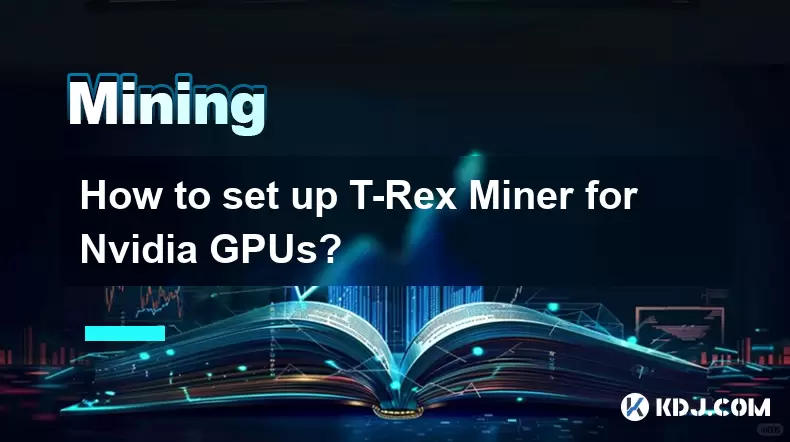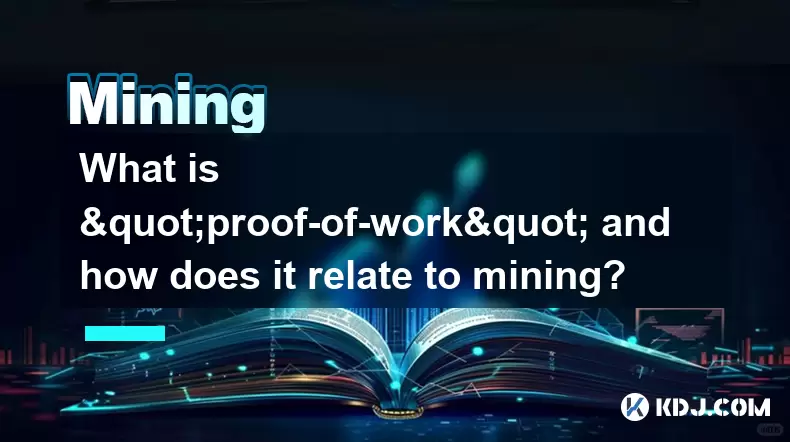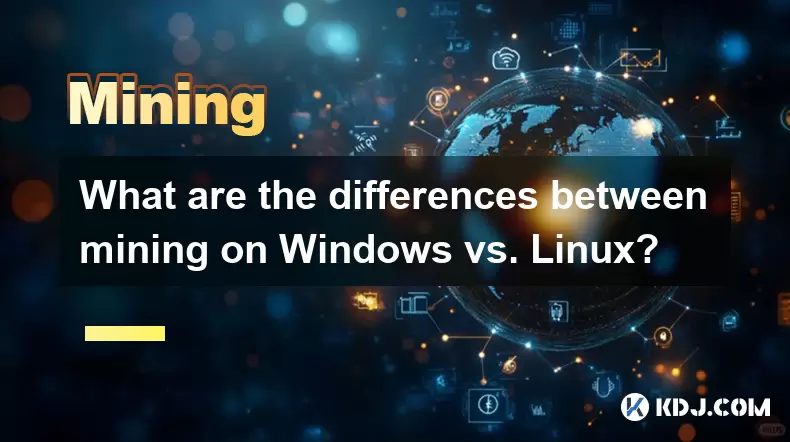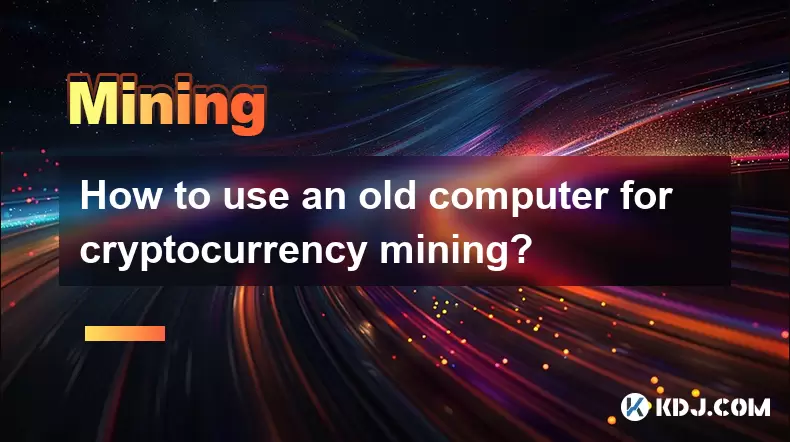-
 Bitcoin
Bitcoin $117800
0.49% -
 Ethereum
Ethereum $4432
0.55% -
 XRP
XRP $3.106
1.07% -
 Tether USDt
Tether USDt $1.001
0.01% -
 BNB
BNB $835.8
1.74% -
 Solana
Solana $189.1
2.72% -
 USDC
USDC $0.9999
-0.01% -
 Dogecoin
Dogecoin $0.2302
3.65% -
 TRON
TRON $0.3485
-0.69% -
 Cardano
Cardano $0.9212
-0.91% -
 Hyperliquid
Hyperliquid $46.97
1.45% -
 Chainlink
Chainlink $22.77
5.61% -
 Stellar
Stellar $0.4284
0.82% -
 Sui
Sui $3.766
2.82% -
 Bitcoin Cash
Bitcoin Cash $583.5
-0.82% -
 Ethena USDe
Ethena USDe $1.001
0.03% -
 Hedera
Hedera $0.2512
2.78% -
 Avalanche
Avalanche $24.18
2.27% -
 Litecoin
Litecoin $120.2
2.10% -
 Toncoin
Toncoin $3.450
1.96% -
 UNUS SED LEO
UNUS SED LEO $9.412
-0.92% -
 Shiba Inu
Shiba Inu $0.00001298
2.35% -
 Uniswap
Uniswap $10.99
3.75% -
 Polkadot
Polkadot $3.962
3.09% -
 Dai
Dai $1.000
0.00% -
 Bitget Token
Bitget Token $4.643
1.38% -
 Cronos
Cronos $0.1511
-0.08% -
 Ethena
Ethena $0.7246
3.18% -
 Monero
Monero $254.9
7.90% -
 Pepe
Pepe $0.00001100
3.32%
What brands of ASIC miners are there? Which model has the best price-performance ratio?
The Whatsminer M30S offers the best price-performance ratio with a hash rate of 88 TH/s and energy efficiency of 34 J/TH, making it ideal for maximizing ROI in crypto mining.
May 14, 2025 at 09:49 pm

The world of cryptocurrency mining is dominated by ASIC (Application-Specific Integrated Circuit) miners, which are specifically designed to mine cryptocurrencies like Bitcoin. There are several brands that produce ASIC miners, each with different models that cater to various needs and budgets. In this article, we will explore the major brands of ASIC miners available in the market and identify which model offers the best price-performance ratio.
Bitmain
Bitmain is one of the most well-known and established brands in the ASIC mining industry. Founded in 2013, Bitmain has a wide range of products designed for mining different cryptocurrencies. Some of their popular models include:
- Antminer S19: This model is known for its high hash rate and efficiency. It is one of the most powerful miners available, with a hash rate of up to 110 TH/s and an energy efficiency of 29.5 J/TH.
- Antminer S17: A slightly older model, the S17 still offers good performance with a hash rate of up to 73 TH/s and an energy efficiency of 39.5 J/TH.
- Antminer T19: This model strikes a balance between performance and cost, with a hash rate of up to 84 TH/s and an energy efficiency of 37.5 J/TH.
MicroBT
MicroBT is another major player in the ASIC mining market. Their products are known for their competitive performance and reliability. Some of their popular models include:
- Whatsminer M30S: This model is highly efficient with a hash rate of up to 88 TH/s and an energy efficiency of 34 J/TH.
- Whatsminer M20S: A cost-effective option, the M20S offers a hash rate of up to 68 TH/s and an energy efficiency of 33 J/TH.
- Whatsminer M50S: This newer model boasts a high hash rate of up to 130 TH/s with an energy efficiency of 32 J/TH.
Canaan
Canaan is another reputable brand in the ASIC mining industry. Their Avalon series is well-regarded for its reliability and performance. Some of their popular models include:
- AvalonMiner 1246: This model offers a hash rate of up to 90 TH/s and an energy efficiency of 38 J/TH.
- AvalonMiner 1166: A more budget-friendly option, the 1166 has a hash rate of up to 68 TH/s and an energy efficiency of 32 J/TH.
- AvalonMiner A1346: The latest in the series, this model has a hash rate of up to 100 TH/s and an energy efficiency of 30 J/TH.
Innosilicon
Innosilicon is known for its innovative approach to ASIC mining. Their products often feature unique designs and high performance. Some of their popular models include:
- T3H+: This model offers a hash rate of up to 32 TH/s and an energy efficiency of 30 J/TH.
- A10: Designed for Ethereum mining, the A10 has a hash rate of up to 500 MH/s and an energy efficiency of 1.7 J/MH.
- T3: A versatile model, the T3 has a hash rate of up to 52 TH/s and an energy efficiency of 30 J/TH.
Best Price-Performance Ratio
When determining the best price-performance ratio, it's essential to consider both the initial cost of the miner and its ongoing operational costs, primarily electricity. The hash rate and energy efficiency are key factors that influence the overall profitability of a miner.
- Antminer S19: With a high hash rate of 110 TH/s and an energy efficiency of 29.5 J/TH, the Antminer S19 is one of the most efficient miners on the market. However, its initial cost is relatively high, which can impact the overall price-performance ratio.
- Whatsminer M30S: This model offers a competitive hash rate of 88 TH/s and an energy efficiency of 34 J/TH. Its initial cost is typically lower than the Antminer S19, making it a strong contender for the best price-performance ratio.
- AvalonMiner 1246: With a hash rate of 90 TH/s and an energy efficiency of 38 J/TH, the AvalonMiner 1246 is a reliable choice. Its price is generally lower than the top-tier models, offering a good balance between cost and performance.
- Innosilicon T3H+: This model has a lower hash rate of 32 TH/s but compensates with an energy efficiency of 30 J/TH. Its lower initial cost makes it an attractive option for miners on a budget.
After considering the various factors, the Whatsminer M30S stands out as offering the best price-performance ratio. Its combination of a high hash rate, good energy efficiency, and a relatively lower initial cost makes it an excellent choice for miners looking to maximize their return on investment.
How to Choose the Right ASIC Miner
Choosing the right ASIC miner involves several considerations beyond just the price-performance ratio. Here are some steps to help you make an informed decision:
- Assess Your Budget: Determine how much you are willing to spend on an ASIC miner. Keep in mind that the initial cost is just one part of the equation; ongoing electricity costs are also crucial.
- Evaluate Your Electricity Costs: Calculate the cost of electricity in your area. Miners with higher energy efficiency will be more cost-effective in regions with high electricity rates.
- Consider the Hash Rate: A higher hash rate means more mining power, but it also typically comes with a higher price tag and higher electricity consumption.
- Research the Brand and Model: Look into the reliability and customer support of the brand. Read reviews and user experiences to ensure you are investing in a dependable product.
- Check for Compatibility: Ensure that the miner you choose is compatible with the cryptocurrency you intend to mine. Some miners are designed specifically for certain cryptocurrencies.
Setting Up an ASIC Miner
Setting up an ASIC miner involves several steps. Here is a detailed guide to help you get started:
- Unboxing and Inspection: Carefully unbox your ASIC miner and inspect it for any damage. Ensure all components are included.
- Connect the Power Supply: Use the provided power cables to connect the miner to a power supply. Ensure the power supply meets the miner's requirements.
- Connect to the Internet: Use an Ethernet cable to connect the miner to your router or modem. Most ASIC miners do not support Wi-Fi.
- Configure the Miner: Access the miner's interface by entering its IP address into a web browser. Follow the manufacturer's instructions to set up the miner with your mining pool and wallet addresses.
- Start Mining: Once the configuration is complete, start the miner and monitor its performance. Ensure the miner is operating within safe temperature ranges and that the hash rate is as expected.
Maintaining Your ASIC Miner
Proper maintenance is essential to ensure the longevity and efficiency of your ASIC miner. Here are some tips for maintaining your miner:
- Regular Cleaning: Dust and debris can accumulate on the miner, affecting its performance. Use compressed air to clean the miner regularly.
- Monitor Temperatures: Use software to monitor the miner's temperature. Ensure it stays within the recommended range to prevent overheating.
- Firmware Updates: Check for and install firmware updates from the manufacturer to improve performance and security.
- Replace Worn Parts: Over time, components like fans and power supplies may wear out. Replace these parts as needed to maintain optimal performance.
Frequently Asked Questions
Q1: Can ASIC miners be used to mine cryptocurrencies other than Bitcoin?
A1: While most ASIC miners are designed specifically for Bitcoin mining, some models are designed for other cryptocurrencies like Ethereum or Litecoin. Always check the specifications of the miner to ensure it is compatible with the cryptocurrency you wish to mine.
Q2: How long does an ASIC miner last?
A2: The lifespan of an ASIC miner can vary depending on usage and maintenance. On average, a well-maintained ASIC miner can last between 2 to 5 years. Regular cleaning and monitoring can help extend its lifespan.
Q3: Is it profitable to mine with an ASIC miner?
A3: The profitability of mining with an ASIC miner depends on several factors, including the cost of electricity, the price of the cryptocurrency, and the efficiency of the miner. It's essential to conduct a thorough cost-benefit analysis before investing in an ASIC miner.
Q4: Can I mine with an ASIC miner at home?
A4: Yes, you can mine with an ASIC miner at home, but you need to consider the noise level and heat generated by the miner. Ensure your home environment can accommodate these factors, and check local regulations regarding cryptocurrency mining.
Disclaimer:info@kdj.com
The information provided is not trading advice. kdj.com does not assume any responsibility for any investments made based on the information provided in this article. Cryptocurrencies are highly volatile and it is highly recommended that you invest with caution after thorough research!
If you believe that the content used on this website infringes your copyright, please contact us immediately (info@kdj.com) and we will delete it promptly.
- Kazakhstan's Crypto Leap: Bitcoin ETF and Central Asia's Digital Finance Future
- 2025-08-13 12:45:19
- BlockDAG Presale Blazes Past $371M: Fundraising Frenzy Fuels Crypto Sensation
- 2025-08-13 13:05:21
- Meme Coins: Chasing the 2025 Surge – Which Will Moonshot?
- 2025-08-13 10:25:23
- Bitcoin's Wild Ride: Rally, Pullback, and What's Next
- 2025-08-13 10:25:23
- Bitcoin, Bitmax, and Institutional Demand: A New Era of Crypto Investment
- 2025-08-13 10:45:12
- Solana, ROAM, and Airdrops: What's the Buzz in 2025?
- 2025-08-13 11:35:13
Related knowledge

How to configure Phoenix Miner for AMD GPUs?
Aug 11,2025 at 03:21am
Understanding Phoenix Miner and Its Compatibility with AMD GPUsPhoenix Miner is a lightweight, high-performance Ethereum mining software designed for ...

How to set up T-Rex Miner for Nvidia GPUs?
Aug 10,2025 at 12:07am
Understanding T-Rex Miner and Its Compatibility with Nvidia GPUsT-Rex Miner is a high-performance mining software designed specifically for Nvidia GPU...

What is "proof-of-work" and how does it relate to mining?
Aug 07,2025 at 02:03pm
Understanding the Concept of Proof-of-WorkProof-of-work (PoW) is a consensus mechanism used in blockchain networks to validate transactions and secure...

How to choose a crypto wallet for your mined coins?
Aug 13,2025 at 11:36am
Understanding the Types of Crypto Wallets for Mined CoinsWhen selecting a crypto wallet for your mined coins, the first step is to understand the diff...

What are the differences between mining on Windows vs. Linux?
Aug 06,2025 at 11:29pm
Overview of Cryptocurrency Mining PlatformsCryptocurrency mining involves using computational power to solve complex cryptographic puzzles and validat...

How to use an old computer for cryptocurrency mining?
Aug 07,2025 at 12:42pm
Understanding the Feasibility of Using an Old Computer for MiningUsing an old computer for cryptocurrency mining may seem outdated, but it is still te...

How to configure Phoenix Miner for AMD GPUs?
Aug 11,2025 at 03:21am
Understanding Phoenix Miner and Its Compatibility with AMD GPUsPhoenix Miner is a lightweight, high-performance Ethereum mining software designed for ...

How to set up T-Rex Miner for Nvidia GPUs?
Aug 10,2025 at 12:07am
Understanding T-Rex Miner and Its Compatibility with Nvidia GPUsT-Rex Miner is a high-performance mining software designed specifically for Nvidia GPU...

What is "proof-of-work" and how does it relate to mining?
Aug 07,2025 at 02:03pm
Understanding the Concept of Proof-of-WorkProof-of-work (PoW) is a consensus mechanism used in blockchain networks to validate transactions and secure...

How to choose a crypto wallet for your mined coins?
Aug 13,2025 at 11:36am
Understanding the Types of Crypto Wallets for Mined CoinsWhen selecting a crypto wallet for your mined coins, the first step is to understand the diff...

What are the differences between mining on Windows vs. Linux?
Aug 06,2025 at 11:29pm
Overview of Cryptocurrency Mining PlatformsCryptocurrency mining involves using computational power to solve complex cryptographic puzzles and validat...

How to use an old computer for cryptocurrency mining?
Aug 07,2025 at 12:42pm
Understanding the Feasibility of Using an Old Computer for MiningUsing an old computer for cryptocurrency mining may seem outdated, but it is still te...
See all articles

























































































